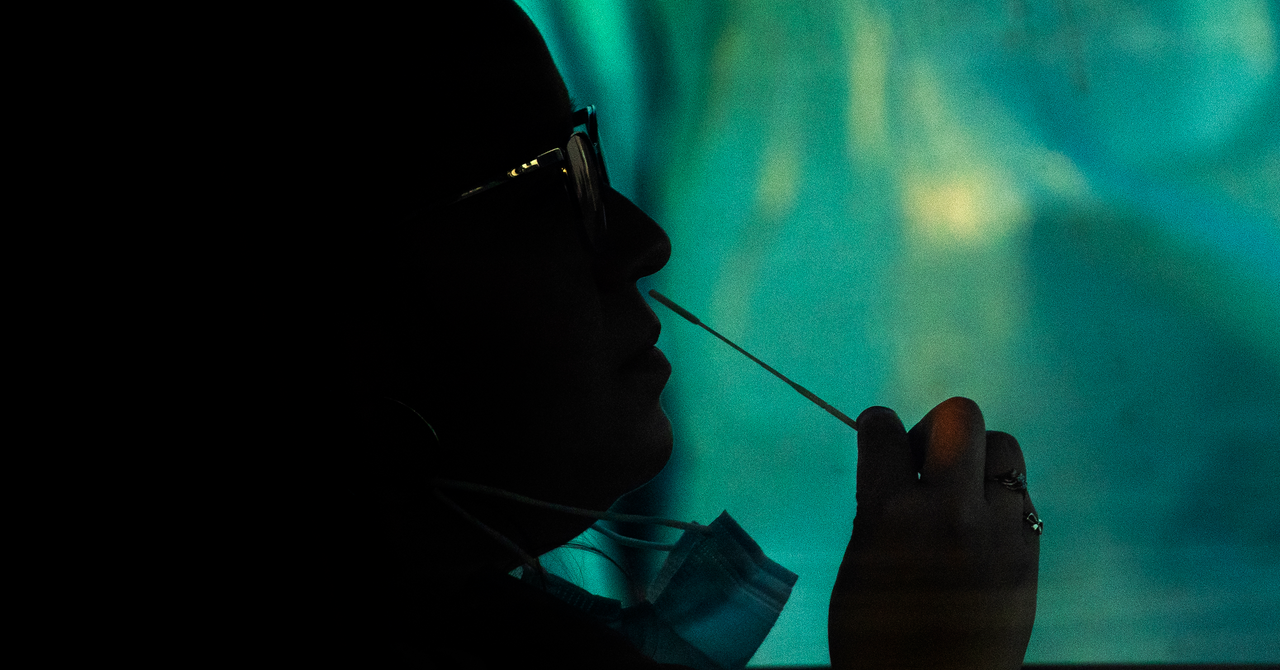
This sequencing boost is helping scientists map in finer detail the mutational landscape of the coronaviruses circulating around the country. So it’s not surprising that they’re starting to turn up more surprises. But as the pace of generating genomic data has accelerated, there has not yet been a similar, concerted push forward in what’s called “variant characterization.”
Sequencing can help you identify mutations that might be problematic. But it can’t tell you if those mutations make that version of the virus behave differently than others. For that, you need to conduct studies with antibodies, living human cells, and animal models. Each type of experiment or analysis requires a unique set of skills, and there are many different methods for measuring the same things. You need immunologists, structural biologists, virologists, and a whole bunch of other -ologists, too. And, ideally, you’d want them to all adhere to the same scientific standards so you can compare one variant to the next and determine if a new strain is concerning from a public health standpoint or merely interesting
In the US, the CDC is the primary body with authority to designate any emerging strains as either of “variants of interest” or “variants of concern.” Crossing that threshold requires strong evidence that a particular constellation of mutations confers the ability to do any one of four things: spread faster and more easily, inflict more severe disease, weaken the effectiveness of Covid-19 treatments, or elude antibodies produced either from vaccination or during prior infection with an older version of the virus.
So far, the agency has only elevated three new versions of SARS-CoV-2 to the most concerning category: B.1.1.7, which was first detected in the UK, B.1.351 from South Africa, and P.1 from Brazil. (Though there’s an ongoing fight over which code-naming system to use, most scientists have agreed to steer clear of the “insert-place-name-here” nomenclature for its imprecision and stigmatizing effect. For simplicity’s sake, we’ll refer to B.1.1.7, B.1.351, and P.1 from here on out as the Big Three.)
But the agency is currently tracking additional variants of interest—including B.1.256 out of New York and B.1427/429 in California—and keeping tabs on ongoing studies to assess these strains’ ability to evade immune responses and erode the protections afforded by existing vaccines. As new data becomes available, the agency may bump up any particularly worrying variants to this top tier. “The threshold for designating a variant of interest should be relatively low in order to monitor potentially important variants,” a CDC spokesperson told WIRED via email. “However, the threshold for designating a variant of concern should be high in order to focus resources on the variants with the highest public health implications.”
The spokesperson did not provide details on what the agency considers “strong evidence,” but said the CDC has been involved with international partners including the World Health Organization in discussing criteria for variant designation.
In other words, it’s not just a matter of finding new variants, it’s a matter of characterizing their biological behavior—what does it mean for someone to get infected with one versus another? “Getting sequences is just the beginning of the story,” says Topol. “There’s much more science that has to happen to know if a mutation is meaningful. And right now, lots of labs that are publishing on this are just looking at one part of the story, because that’s the quick thing to do. But what’s quick can also be misleading.”
For example, a number of studies in recent weeks have shown that antibodies trained to attack older versions of the virus have a much harder time recognizing the B.1.351 and P.1 variants. That’s raised alarms about vaccine effectiveness. But just because antibodies don’t fight these new mutants as well in a test tube doesn’t mean your immune system will have the same problems in a real-world Final Boss Fight. The immune system is more than antibodies, and far fewer labs have the expertise necessary to conduct tests with live T cells, the other major player in developing Covid-19 immunity. These cells, which clear the virus by culling herds of infected cells, are finicky to grow outside the human body. So it’s taken a little while longer to understand how they respond to the variants. But new data suggests they respond just fine.
